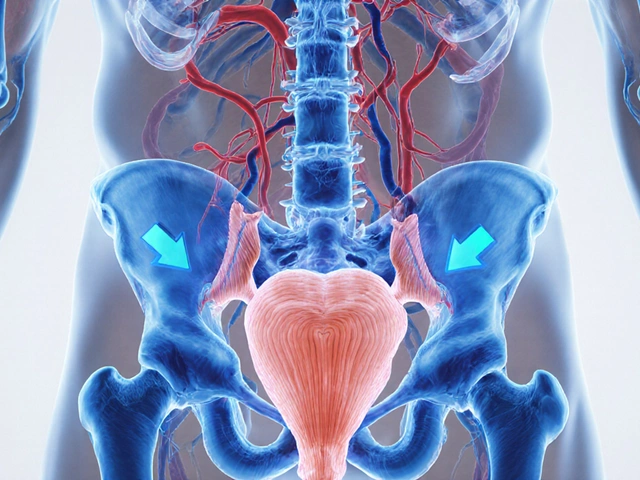Migraines – What Causes Them and How to Find Relief
Got that pounding headache that makes you curl up in a dark room? You’re probably dealing with a migraine. Lots of people think all headaches are the same, but migraines have their own set of triggers, symptoms, and fixes. Below we break down the basics and give you real‑world tips you can try today.
Common Triggers and Symptoms
First off, migraines love to hide behind everyday stuff. Skipping meals, drinking too much coffee, or even a change in weather can set them off. Hormonal shifts—especially for women—are a major player, so you might notice patterns around your cycle. Stress, lack of sleep, and bright screens are also frequent culprits.
Typical symptoms start with a throbbing pain on one side of the head, often accompanied by nausea, sensitivity to light, and that urge to lie down in total darkness. Some people feel visual auras—flashing lights or zig‑zag lines—before the pain kicks in. If you’ve ever had a headache that feels more like a migraine, these clues will help you spot it early.
Effective Relief Strategies
When a migraine hits, the fastest relief usually comes from a combo of medication and lifestyle tweaks. Over‑the‑counter options like ibuprofen or naproxen work for many, but if you’re breastfeeding, check out our guide on Naproxen While Breastfeeding to make sure it’s safe for you and your baby.
If OTC meds aren’t enough, prescription treatments such as triptans (e.g., sumatriptan) target the blood vessels that cause the pain. For chronic sufferers, newer CGRP‑targeting drugs are showing promise, but they often require a doctor’s approval and insurance clearance.
Beyond pills, try a few non‑drug tactics. A cold compress on your forehead or neck can dull the throb. Dark, quiet rooms help the light and sound sensitivity. Gentle stretching or yoga can release tension that’s feeding the migraine. Hydration matters—dehydration can mimic migraine pain, so keep a water bottle handy.
If you’re looking for alternatives to traditional meds, our article on Real Ways to Manage Pain Without Gabapentin offers multimodal strategies that include physical therapy and cognitive‑behavioral techniques. These methods won’t cure a migraine outright but can reduce the frequency and intensity over time.
Another handy tip: keep a migraine diary. Jot down what you ate, your stress level, sleep hours, and when the migraine struck. Patterns emerge fast, and you’ll know which triggers to avoid.
When you’ve tried the basics and nothing works, it might be time to talk to a healthcare professional about preventive options. Daily low‑dose medications, lifestyle counseling, or even Botox injections are on the table for severe cases.
Bottom line: migraines are tricky, but understanding triggers, using the right meds, and adding simple home remedies can bring the pain under control. Keep track of what works for you, stay hydrated, and don’t hesitate to seek professional help if attacks become frequent. You deserve relief, and with a bit of trial and error, you’ll find the combo that works best for your brain.






